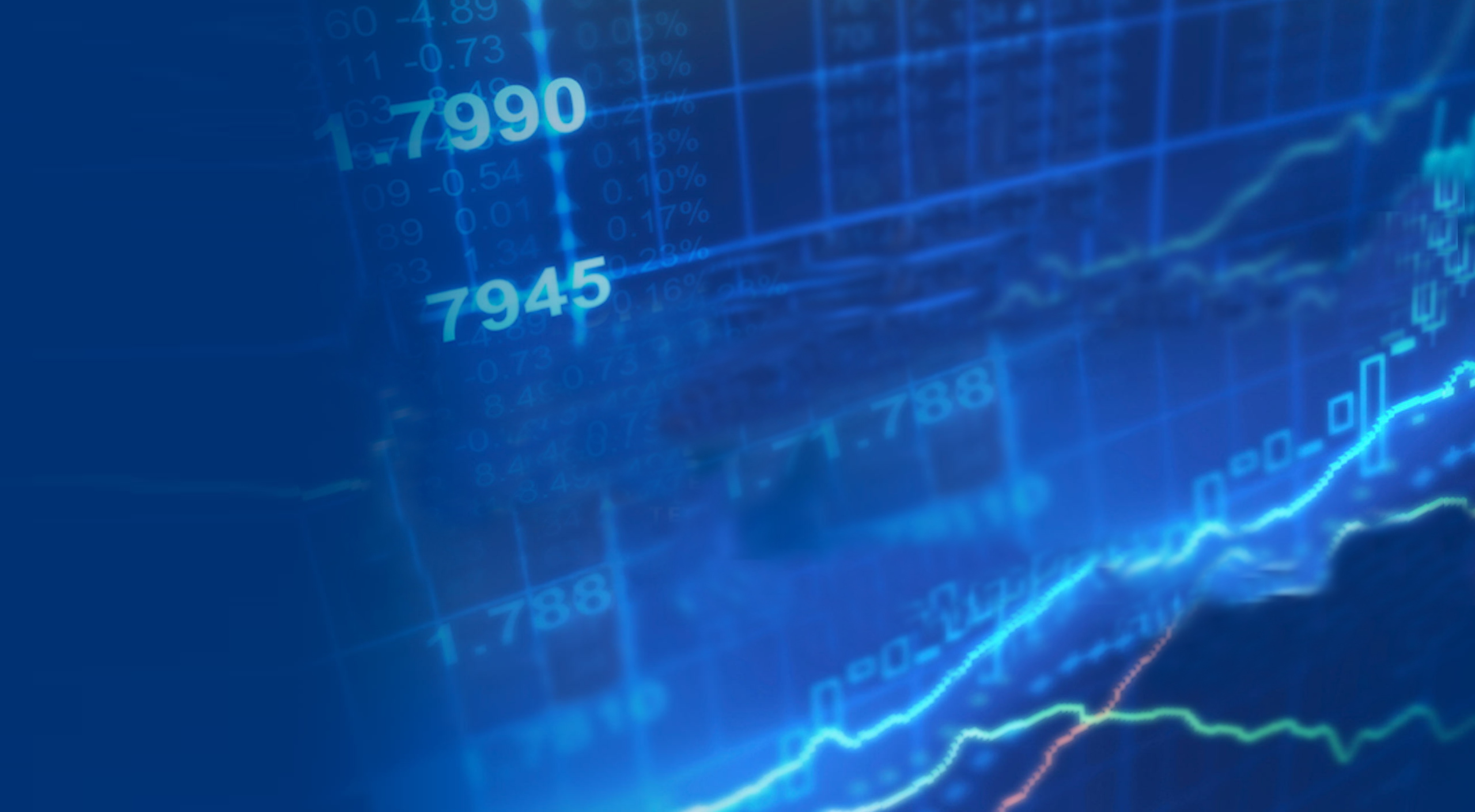There are plenty of traders surprised by how well the AUD/USD is holding up at the moment. The Aussie is actually testing a longer-term breakout level and continues to hold up well despite the current variety of challenging global conditions. For those of you who are not used to, or keen on, trading Forex contracts there is an ETF that seeks to mirror moves with the AUD/USD that some stock traders may find more accessible. In this post I discuss the current pattern I am seeing on the AUD/USD chart and show how a similar pattern is evident on the corresponding ETF chart.
AUD/USD monthly: My technical view of the monthly chart of the AUD/USD is that it shows price action trying to break up and out from a bullish-reversal Descending Wedge pattern. The June monthly candle closed just below the bear trend line of this wedge and the current July candle, that has yet to close, is currently trying to break out above this resistance zone. The Descending Wedge pattern is certainly no guarantee of bullish continuation, however, I do find them to be one of the most high probability charting patterns of those available within the spectrum of technical analysis. I have posted numerous examples of previous wedge breakouts through this link for you to investigate.
Given this is a monthly chart pattern, traders should wait to see where the July candle eventually does close before making any trading decision based off this chart:
- Any new monthly close above this wedge trend line that evolves with a rising ADX (black line) and +DIM (green line) above 20 would support the thesis of bullish continuation. The ADX and DMI indicators are in the bottom panel of the chart.
- Any new monthly close back within the wedge trend line does not necessarily undermine this pattern; it might just be that there is more consolidation ahead. This would mean that price action could pause or pullback to continue developing the downward wedge pattern.
Bullish continuation with any momentum-based wedge breakout would have me looking for a move up to the 0.90 level as this is previous Support / Resistance and is near the popular 61.8% Fibonacci level. For those of you who are stifling a laugh right now: check out how the AUD/USD traveled after the 2007-2009 Global Financial Crisis. I am certainly keeping an open mind about the prospect of the AUD/USD with the current Covid-19 crisis.
FXA monthly: The chart below is of an ETF of the AUD/USD that offers exposure to investors for an instrument that can be traded like a stock. It is not surprising, then, that the monthly chart of FXA looks very similar to the monthly chart of the AUD/USD and so the same technical trading conditions, as described above, would apply! Traders need to be aware that whilst ETFs can be traded similarly to stocks they are different entities and carry their own inherent set of risks as set out in this link.
One other advantage of this ETF is that it trades with Options and this gives traders other avenues for proxy trading any AUD/USD movement. Some more conservative traders may choose to BUY Option contracts as these can often be purchased for relatively lower cost AND come with a clearly defined Risk: when you BUY an Option contract your entire risk is the amount you outlay for the Option contract.
Please note that I am not a financial advisor and would never advise anyone to to engage in trading Options, or any other instrument for that matter, unless they have:
- sought appropriate financial advice about the suitability of this type of trading for their particular trading goals and risk profile.
- experience with trading Option contracts.
- a well developed and tested trading plan.
- a clear understanding that ALL trading is risky with the potential to lose large amounts of money and that trading should only be made with funds they can afford to lose.
Summary: The AUD/USD is setting up within a bullish Descending Wedge pattern and the same pattern is displayed on the corresponding ETF: FXA. This means that both Forex and Stock traders are able to access trading opportunities that might present on the AUD/USD.





